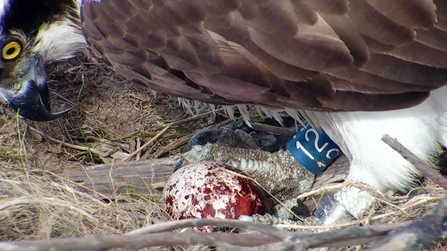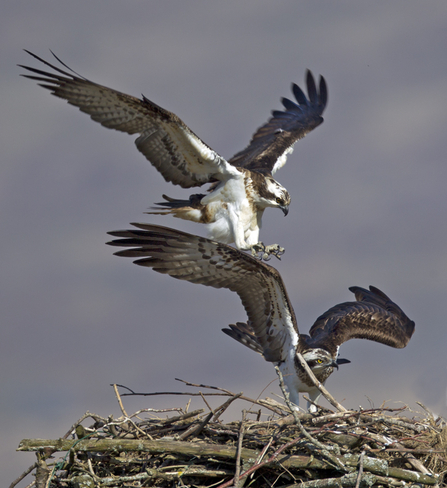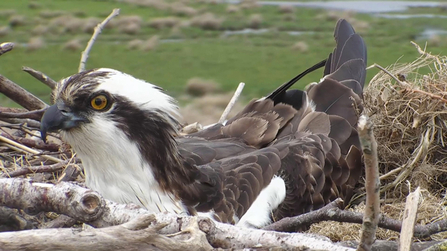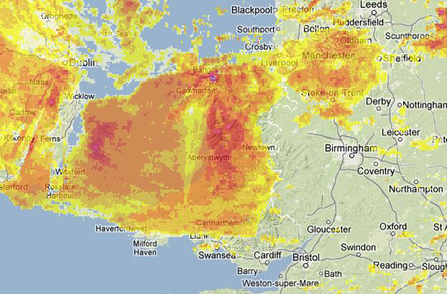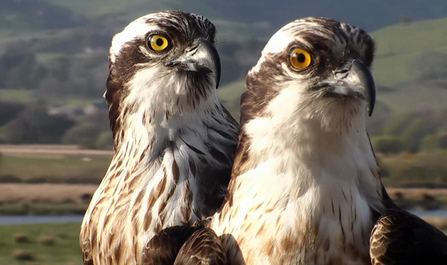Glesni has laid an egg. Her first-ever egg.
On May 22nd at 17:18 and 40 seconds, she stood up and turned around for the umpteenth time that day and looked down. Only this time, and for the first time, there really was something there.
Here is that magical moment when Glesni sees the egg she has just laid for the very first time.

